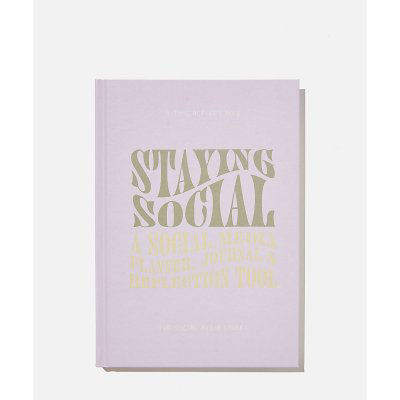

He resigned his post and moved to Montana in 1971 where he bought land and built himself a tar-paper cabin near Lincoln, a town of under 1,000 people in winter. Kaczynski earned a doctoral degree in mathematics in 1967 at the University of Michigan before he got a job as an assistant mathematics professor at the University of California at Berkeley.


Others have cited a period in Kaczynski's childhood when he spent long periods in isolation due to a severe outbreak of hives. The experiment, now regarded as unethical, lasted three years. There, psychologists subjected volunteer students, including Kaczynski, to hours of extreme verbal and emotional abuse as part of an attempt to measure how people handled stress. While it is not known exactly what caused Kaczynski to channel his natural talent toward evil, his participation in an infamous science experiment at Harvard may have been one reason. I remember Ted had the know-how of putting together things like batteries, wire leads, potassium nitrate and whatever, and creating explosions" at the age of 12 and 13, Eickelman said. "I remember Ted was very good at chemistry. He was transferred to the North Carolina facility in 2021.
Typo journal plus#
Agents arrested the disheveled Unabomber at his cabin in April 1996.Īfter rejecting his lawyers' attempts to have him plead insanity, Kaczynski pleaded guilty to all federal charges relating to the bombings in 1998 and a California court sentenced him to four life terms plus 30 years in prison.ĭescribed by the FBI as "a twisted genius who aspires to be the perfect, anonymous killer," Kaczynski was sent to ADX Florence, a "supermax" prison in Florence, Colorado.

Kaczynski's younger brother, David, tipped off police that the author's ideas sounded like those of Ted. A breakthrough came when Kaczynski released a rambling, 35,000-word manifesto entitled "Industrial Society and Its Future" that was published in the media in September 1995. The Harvard University graduate, a loner since childhood, targeted academics, scientists and computer store owners and even tried to blow up a commercial airliner in a one-man terror campaign from 1978 to 1995 against what he believed were the evils of modern technology.įor years, he frustrated police who, with no solid clues to the killer's identity, dubbed his case UNABOM, for University and Airline Bombings. "He is dead," Kristie Breshears, a spokesperson for the Federal Bureau of Prisons, told Reuters. Accessible and highly enjoyable prose complements the flow of images.Kaczynski, who made and sent many of his bombs while living in a primitive cabin with no running water in rural Montana, was found unresponsive early Saturday morning at the Federal Medical Center Butner, a facility for prisoners with special health needs, in Butner, North Carolina, and pronounced dead at a local hospital. Included are new iterations and genres in the continuum such as asemics, digital collage, neo-concrete and visual poetry as well as typographical innovations rooted in Lettrism. The editors interweave selections from what poet Ron Silliman calls the post-avant with the historic avant garde and esoteric visual-verbal examples from earlier centuries. TYPO is not another contribution to the wax museum of official culture. TYPO provides fresh insights and perspectives on these movements. The monuments of the 20th century avant garde such as DaDa, Surrealism, Lettrism and Oulipo are enjoying healthy interest in the digital age, inspiring the creation of new genres. “The first issue of TYPO … has arrived at an ideal moment in the evolution of avant garde and experimental art and writing. TYPO hits the top of the charts on Amazon RAVE REVIEW Visually fun to look at and filled with interesting historical factoids about printing.
Typo journal series#
Typo: Journal of Lettrism, Surrealist Semantics, & Constrained Design is the first in a promised (irregular) series of anthologies devoted to oddities of typographic design history, extending from now to the 1400s, including mnemonic devices, “Forty-Five First Letters” (they’re real!), “Surrealist Sign Language,” asemic writing, and lots more from Doug Skinner, Norman Conquest, Raymond Queneau, Isadore Isou and other contributors. TYPO : Journal of Lettrism, Surrealist Semantics, & Constrained Design


 0 kommentar(er)
0 kommentar(er)
